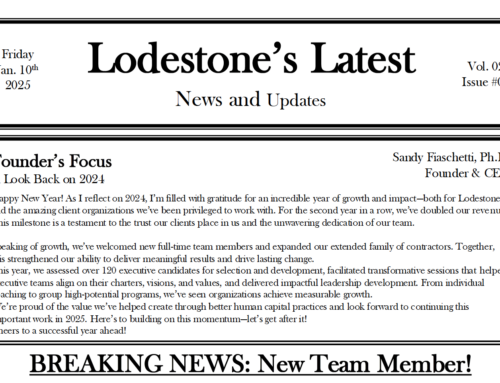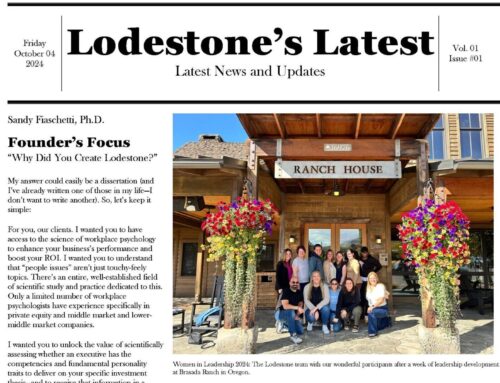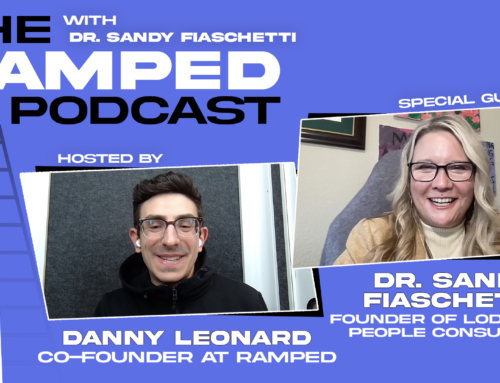
Who doesn’t love The Princess Bride and the classic line, “You keep using that word. I do not think it means what you think it means.”
Lately, I’ve been thinking about this Inigo Montoya quote with respect to corporate leaders – or often, private equity teams—saying they want change in a company without being fully comfortable with actual change. Many times, we hear leaders express a desire for change, while later resisting said change when it is implemented. We’ve noticed this hesitance around change in a couple of specific applications namely, executive team change out and optimizing and improving operational processes.
Regarding changes in the C-Suite, what is extra fascinating is that the decision maker finally comes to terms with the needed change and makes it, they will often say, “We’ve never changed out someone too quickly. We always wait too long. We waited too long on this one.” However, over time the decision maker goes right back to… waiting too long to make changes. So, what’s behind the pattern of hesitance?
It’s probably two major things, which can be summed up as: (1) “Having someone is better than having no one” and (2) “But I like this person…”.
Believe me, in this tight labor market I do understand argument #1. No company wants gaps in their executive leadership, even temporarily. However, that concern shouldn’t stop you from starting the process. We aren’t advocating you summarily fire a CEO and leave the position open on a whim. What we are saying is if you have concerns, don’t hesitate to start the search. When you start a search, in a timely manner, and properly assess finalists, you can make a knowledge-based decision rather than a fear-based one.
Argument #2, “But I like this person…”, is one that continues to astonish me. It’s really, “But I shy away from difficult conversations.” These conversations are inherently difficult and uncomfortable but sometimes necessary when dealing with an individual with skills that were great for the previous lifestage of the company but inadequate for the future. To be successful, the C-Suites of growing companies need executives with the skills that will propel them to the next stage. And, to be a little crass for a moment regarding your role as a senior executive and the need to make tough decisions, to use a well-worn quote: “that’s why they pay you the big bucks.” Sometimes earning them means having difficult conversations with people for the good of the business.
Regarding optimizing operational processes, the emotion of “I like this person” is removed, but that doesn’t mean emotion is removed entirely. People find comfort in using their old methods, even if they’re inefficient, not fact- or science-based, or outdated. We’ve seen many organizations hold onto a beloved organizational survey or assessment tool that is tired and worn and not appropriate for the use, but because 15 years ago they liked something about it they don’t want to let go, even when faced with scientific evidence of its ineffectiveness.
Successful leaders engage in strategic change, asking themselves not only “why do I want change?” but also “what should change look like?” and “what resistance am I or my team likely to have when we make this change and how can we mitigate that resistance?” By taking time to define change goals, leaders can understand what successful change can and should mean to them. This is why talking through a change management strategy and anticipating these resistance issues is a part of every Lodestone client engagement. Like most things, we know resistance will happen, and we know planning for it makes the target initiative far likely to be successful and sustainable.




